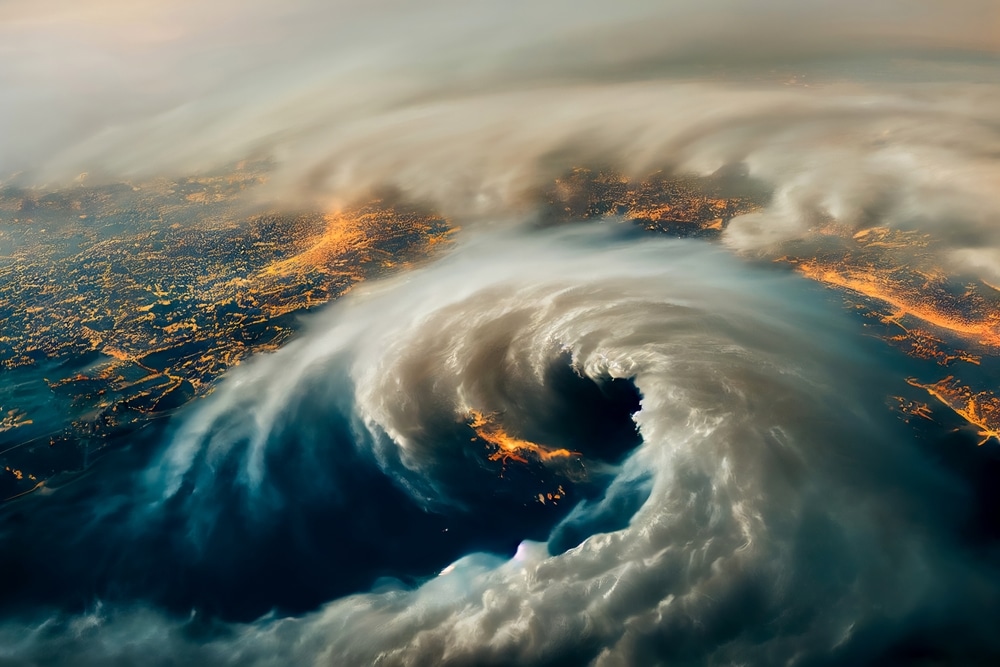(OPINION) It has already caused radio blackouts and GPS disruptions. Now a new study suggests the solar storm that hit Earth last week could unleash a wave of hurricanes.
The team used a model to examine tropical cyclone activity over the past 5,500 years and found 11 time periods with 40 percent more storms than usual.
They found that these periods had one thing in common: the sun was teeming with activity. The theory is that when the sun is more active, it sends more energy to Earth, warming up the oceans and fueling tropical storms.
The news comes as America is already in the midst of hurricane season, which is poised to be a record breaker – there are at least 20 named storms set to hit the nation.
When the sun is active, it launches power flares of energized particles that shoot through space.
And as they hit Earth, the particles bring the sun’s energy along that heats up our oceans – fueling tropical storms.
The theory is that when the sun is more active, it sends more energy to Earth, warming the oceans and providing fuel for tropical storms.
A solar or geomagnetic storm is a major disturbance of Earth’s magnetosphere – the area around Earth controlled by the planet’s magnetic field.
And last Friday’s storm has been rated ‘G4’ (on a scale of one to five), making it a ‘severe’ storm.’
‘Geomagnetic storms can impact infrastructure in near-Earth orbit and on Earth’s surface,’ the National Oceanic and Atmospheric Administration (NOAA) shared in a statement last Thursday, stating how the storm could ‘potentially [disrupt] communications, the electric power grid, navigation, radio and satellite operations.
Lead study author Yang Wang from Florida State University told DailyMail.com that she could not predict whether the recent intense solar activity would lead to more tropical cyclones this year.
The solar activity, or total solar irradiance (TSI), used in the study was determined using carbon in tree rings.
When the sun’s activity weakens, a type of carbon called carbon-14 increases in the atmosphere – and these changes can be seen in the tree rings, which absorb carbon in the air.
Lead study author Yang Wang from Florida State University told DailyMail.com: ‘The role of solar activity in modulating tropical cyclone activity is complex.
‘Increased solar irradiance [the power of solar radiation per unit area it hits] contributes to warming the oceans.
‘As oceans warm, they have more energy available to be converted to tropical cyclone wind, thus potentially providing more favorable conditions for developing stronger storms.’










